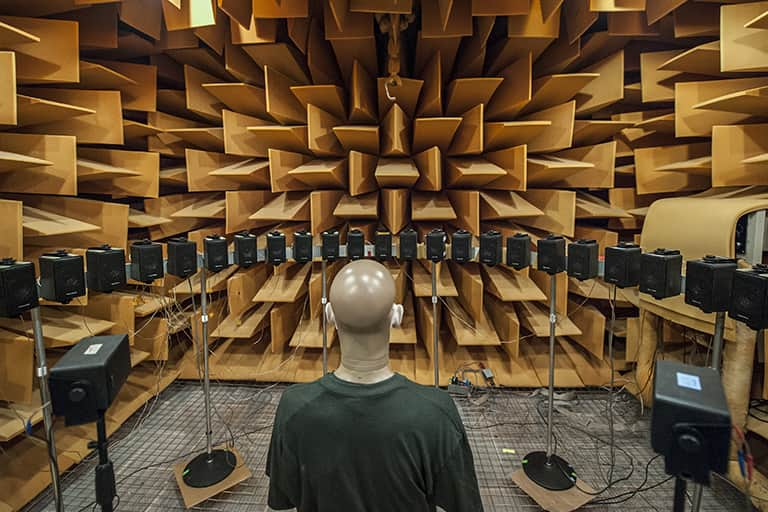Test cabins play a crucial role in various industries, providing controlled environments for experiments and assessments. Whether for automotive testing, acoustic research, or product development, designing and constructing these cabins involves meticulous planning and consideration of multiple factors to ensure optimal functionality and safety. This article explores the essential elements and considerations involved in the process of designing and building effective test cabins.
Introduction to Test Cabins
Test cabins, also known as test chambers or test rooms, are specialized enclosures designed to facilitate controlled experiments and evaluations. They are utilized across diverse industries to maintain precise conditions for testing equipment, products, and systems. The primary objective is to create environments where variables like temperature, humidity, lighting, noise, and vibration can be regulated and monitored with high accuracy.
Key Design Factors
- Acoustic and Vibration Isolation
Acoustic isolation is fundamental in test cabins to prevent sound leakage into surrounding areas and ensure controlled acoustic conditions inside. High-performance acoustic panels and insulation materials are commonly used to minimize sound transmission and achieve desired noise levels. Additionally, vibration isolation systems are essential for experiments involving sensitive equipment to dampen external vibrations that could affect test results.
- Controlled Lighting and Climate Conditions
Certain experiments, such as optical tests, require precise control over lighting conditions to simulate various environmental scenarios accurately. Test cabins may incorporate adjustable lighting systems capable of replicating natural and artificial lighting conditions to meet testing requirements. Climate control systems, including temperature and humidity regulation, are also critical to maintain stable environmental conditions essential for consistent and reliable test outcomes.
- Safety and Regulatory Compliance
Ensuring the safety of personnel and compliance with industry regulations and standards are paramount in the design and construction of test cabins. Structural integrity, electrical installations, fire suppression systems, and emergency evacuation measures must adhere to stringent safety protocols. All components, including cables and wiring, should be securely installed and compliant with safety standards to mitigate potential risks during operations.
Applications of Test Cabins
Test cabins find extensive applications across various industries, including:
- Automotive Industry: Testing engines, drivetrain components, vehicle interiors, and safety systems.
- Aerospace Industry: Evaluating structural integrity, avionics, and onboard systems.
- Electronics: Assessing electrical parameters, performance, and durability of electronic devices.
- Acoustic Research: Conducting soundproofing tests, noise level measurements, and environmental noise studies.
Advanced Technologies and Innovations
Recent advancements in materials and technologies have enhanced the capabilities of test cabins. Innovations such as advanced acoustic materials, smart lighting systems, real-time monitoring sensors, and integrated data acquisition systems contribute to more efficient and precise testing environments. These technologies enable researchers and engineers to conduct complex experiments with greater accuracy and reliability.
Designing and building effective test cabins requires a comprehensive understanding of specific testing requirements, environmental factors, safety regulations, and technological advancements. By incorporating these considerations into the design process, organizations can create versatile and efficient test environments that support innovation, product development, and research across various disciplines.
In summary, test cabins are indispensable tools in modern industries, offering controlled environments essential for conducting accurate and reliable experiments. Their design and construction must prioritize acoustic isolation, climate control, safety compliance, and integration of advanced technologies to meet the evolving demands of scientific research and industrial testing.
